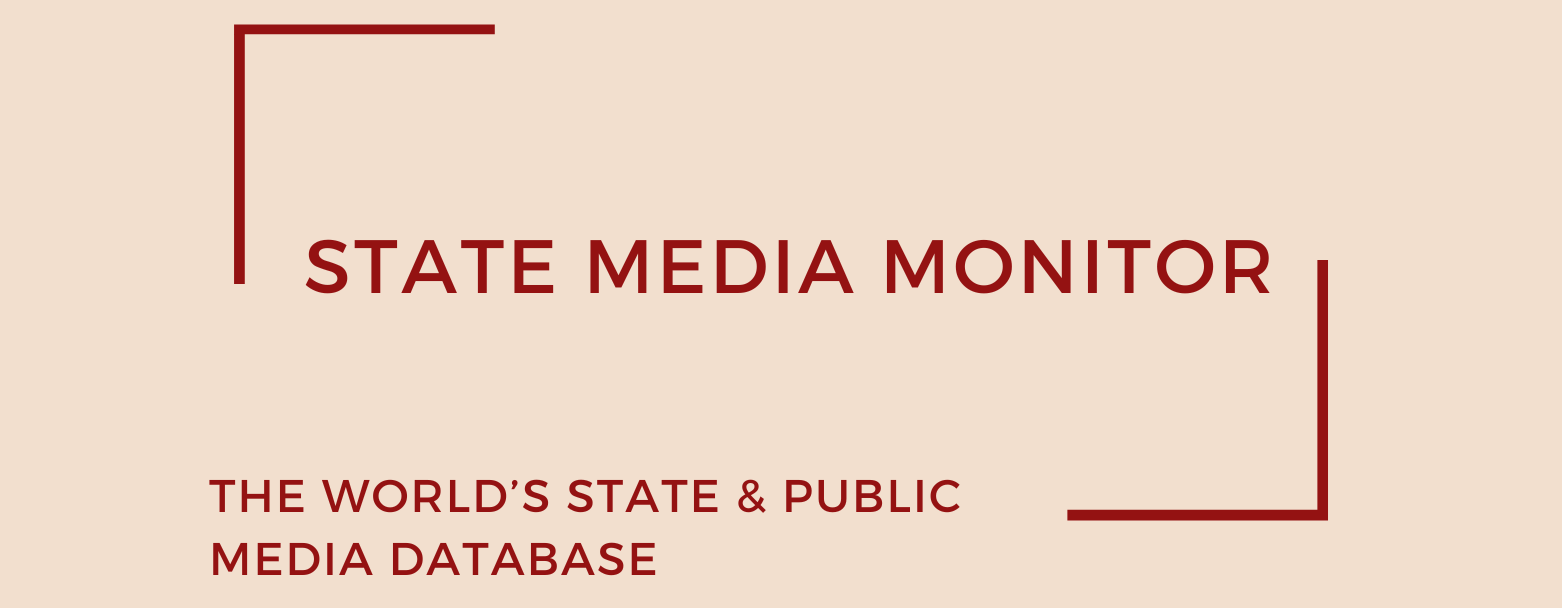European Regional Overview 2021
2021
Europe is characterized by a high incidence of independent state media, by far the highest in the world. Combined, the four models of independent state media in our matrix (independent public media, independent state-managed, independent state-funded and independent state-funded and state-managed media) account for some 54% of all state media in Europe.
Of all, the independent state-funded and state-managed media model is the most spread in Europe. The European continent is also home to the most developed public media systems in the world, with 11 independent public media corporations.
What is striking about Europe is a still-wide gap between west and east. More than 40% of the independent state media in Europe and seven out of the 11 independent public media outlets are based in Western and Northern Europe (for more about the regional classification, see Annex. Global list of state media). Nonetheless, even the independent state media in the west are facing risks. In Denmark, political parties, especially those on the right, have been attempting to trim the budget of the public broadcaster DR, raising fears of political control. In Austria, although the law prevents politicians from becoming members of the Foundation Council, the highest governance body at the Austrian public broadcaster ORF, the station has come under increased political attacks in recent years as right-wing parties in particular, critical of the ORF, have repeatedly called for the license fee to be abolished, a move that is expected to end the station’s independence.
In spite of such attacks, however, the state media in Western and Northern Europe continue to command high levels of trust and produce high-quality programming, often protecting their independence thanks to a vibrant civil society that reacts against attempts by politicians and state authorities to control the media
In contrast, the state media in Central and Eastern Europe and Turkey continue to act mostly as government mouthpieces, accounting for more than 85% of all state-controlled and state-captured media in Europe. That is the result of more than three decades of repeated failures to reform the state media in the region after the collapse of communism in 1990. Less than a quarter of the 54 state media in the region are independent. They include news agencies such as BTA in Bulgaria, CTK in Czechia and STA in Slovenia. Only two countries feature the independent public media model, namely Czechia (Czech Radio and Czech Television) and Lithuania (LRT).
A very concerning trend in the region is the rise of the private capture model where state authorities and political parties in power gain control over the editorial agenda of numerous privately owned media outlets. Not only that all 19 media groups fitting this model are based in four countries in this region, namely in Hungary, Poland, Serbia and Turkey, but some of these groups are media conglomerates consisting of large portfolios of media outlets (including broadcast and print media and internet portals), which have an enormous market power. For example, KESMA in Hungary runs around 500 media outlets in all segments. Common for these four countries is also the control over the national public media, MTVA in Hungary, TVP and Polskie Radio in Poland, RTS and RTV in Serbia, and TRT in Turkey.
But in spite of the dire situation of the state media in Central and Eastern Europe and Turkey region, there is still room for worse. Since 2019, for example, the public broadcast group RTVSLO and the news agency STA in Slovenia have been under attack as right-wing parties have tried to erode their financial stability.
Finally, the Southern Europe region doesn’t do much better than the Eastern Bloc. With the exception of a few of independent news agencies (in Cyprus, Greece and Portugal), a sole outlet fitting the independent public media model (RTP in Portugal) and the network of regional television channels in Spain that retain their editorial independence (in spite of a raft of other problems), the state maintains its control over the state media in all these countries (CyBC and BRTK in Cyprus, ERT in Greece, RAI in Italy, PBS in Malta and RTVE in Spain).
Citation (cite the article/profile as part of):
Dragomir, M. (2025). State Media Monitor Global Dataset 2025.
Media and Journalism Research Center (MJRC).
Zenodo.
https://doi.org/10.5281/zenodo.17219015
This article/profile is part of the State Media Monitor Global Dataset 2025, a continuously updated dataset published by the Media and Journalism Research Center (MJRC).
